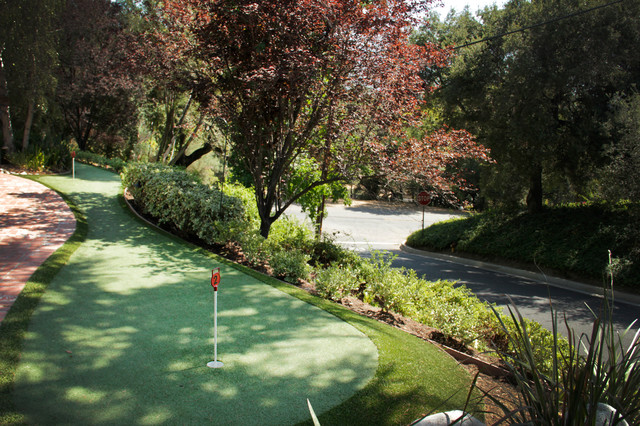Lawncaretips - When your plants are establishing and covering all your back yard or front yard you will need to keep an eye on them to ensure that they take hold.
Simple thing to care and maintenance to your non grass lawn design is by weeding Any perennial weeds that were missed when the ground was being prepared should be carefully lifted as they grow, otherwise they will quickly establish themselves and smother the plants. The seeds of annual weeds will also appear between the plants and these should either be hoed off or pulled out by hand. In dry weather keep the young plants watered to prevent them from drying out and pinch out any upward growing shots to encourage bushy growth.
Colorful lawn with plants mixture if in good growing conditions should grow and spread quickly to form a solid mat within several weeks. This of course will depend on the vigour of the individual plants and the spaces between them when they were planted. Any weeds that do manage to grow through the plants should be removed by hand as soon as they are seen, although when the plants are established to form a thick ground cover it becomes difficult for most weeds to grow.
Mowing The amount of trimming needed on a non-grass area will depend on the type of plants being used, but generally no more than a couple of light trimmings per year are required. A spring trim tidies up the plants after winter and a late summer trim removes any taller shoots and old flower stems. This can be done with a rotary mower on a high setting, with a nylon cord strimmer or by hand shears. For small areas, hand shears give a neater finish.
Feeding Once established, feed the plants once a year in spring with a general fertilizer to start them into growth for the season. Remember that lawn weed and feed cannot be used on non-grass lawns, as the selective weedkiller in the product will kill broad-leaved plants.













